The quantum architecture of mind and machine
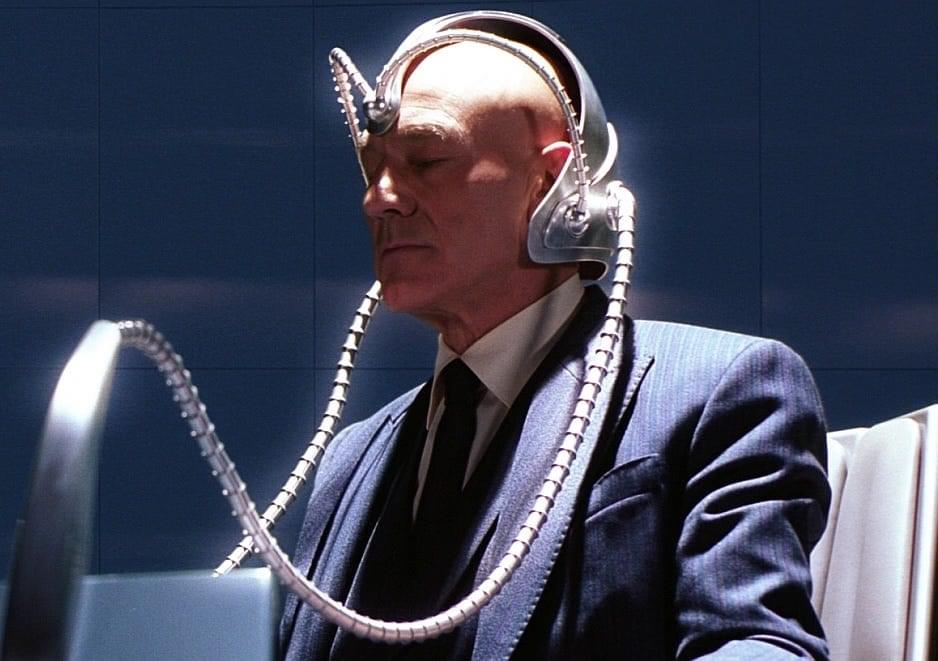


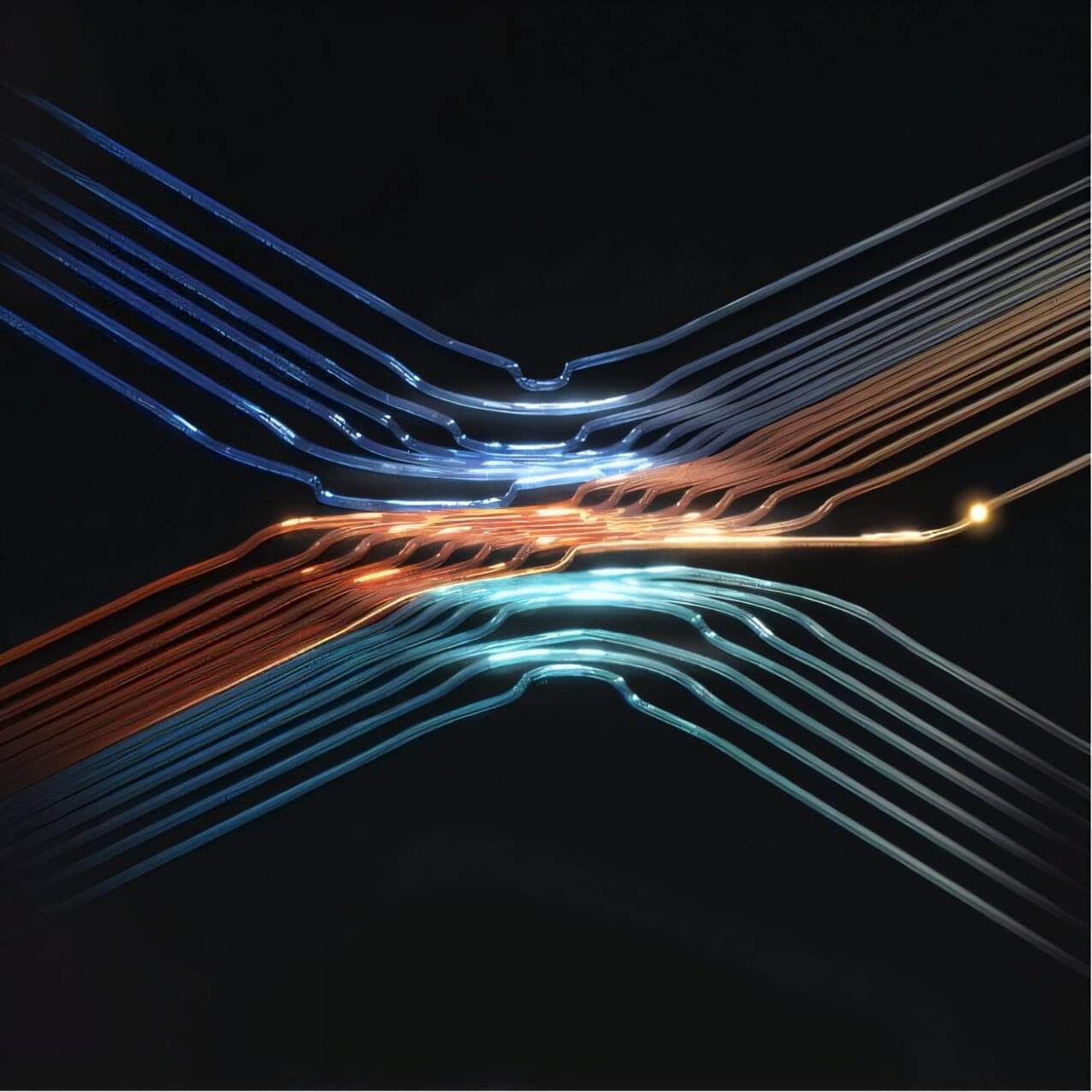
Quantum technologies operate by leveraging various quantum mechanical effects, including entanglement. Entanglement occurs when two or more particles share correlated states even if they are distant.
When two particles are spin entangled, the intrinsic angular momentum (i.e., spin) of one particle can influence that of its entangled partner. This would suggest that the energy of the second particle can be altered via a nonlocal correlation, without enabling faster-than-light communication.
Researchers at Shanghai Jiao Tong University and Hefei National Laboratory recently carried out a study aimed at testing this theoretical prediction experimentally using two quantum memories.
In a groundbreaking study on the synthesis of cellulose—a major constituent of all plant cell walls—a team of Rutgers University-New Brunswick researchers have captured images of the microscopic process of cell-wall building continuously over 24 hours with living plant cells, providing critical insights that may lead to the development of more robust plants for increased food and lower-cost biofuels production.
The discovery, published in the journal Science Advances, reveals a dynamic process never seen before and may provide practical applications for everyday products derived from plants, including enhanced textiles, biofuels, biodegradable plastics, and new medical products.
The research is also expected to contribute to the fundamental knowledge while providing a new understanding of the formation of cell walls, the scientists said.
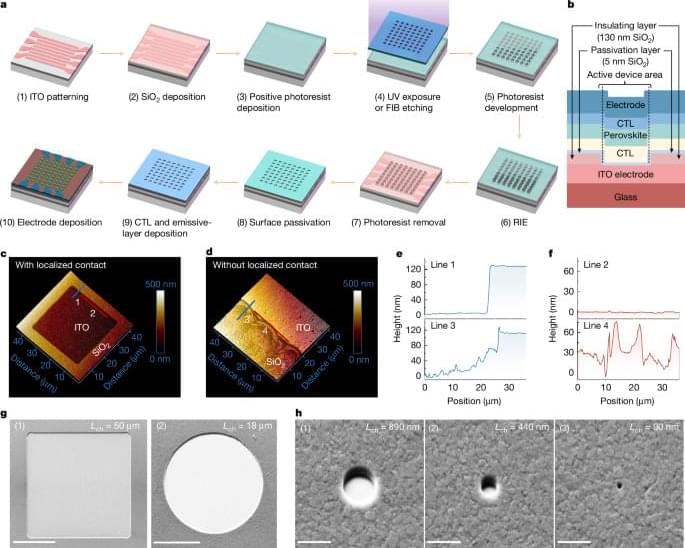
Neura Robotics has built a diverse portfolio of robots, including MAiRA, the world’s first cognitive cobot. MAiRA uses artificial intelligence for autonomous operation and safe human interaction. The company also offers the MAV, a mobile robot for heavy load transport, and MiPA, a humanoid robot designed for tasks like serving trays in hospitals.
Through its cloud-based Neuraverse platform, Neura also creates cutting-edge software, in contrast to many robotics companies that only concentrate on hardware. Known as an “ecosystem for cognitive robotics,” the Neuraverse is a marketplace for robotic abilities and an operating system designed to spur innovation.
Many businesses displayed humanoid robots at CES 2025, demonstrating the momentum of the robotics sector. The humanoid robot “Melody,” created by Realbotix, is simple to assemble and disassemble. In the meantime, the full-size bipedal humanoid robot known as the “CASBOT 01” was introduced by China’s Lingbao CASBOT.
The goal of enabling extended deep-space exploration is driving NASA, space agencies, and private players to explore nuclear power solutions.
Recently, two Southern California-based startups, Exlabs and Antares Nuclear, announced a partnership to advance deep-space missions with nuclear-powered spacecraft.
SpaceNews reported that the Exlabs’ Science Exploration and Resource Vehicle (SERV) spacecraft will be equipped with Antares microreactors.
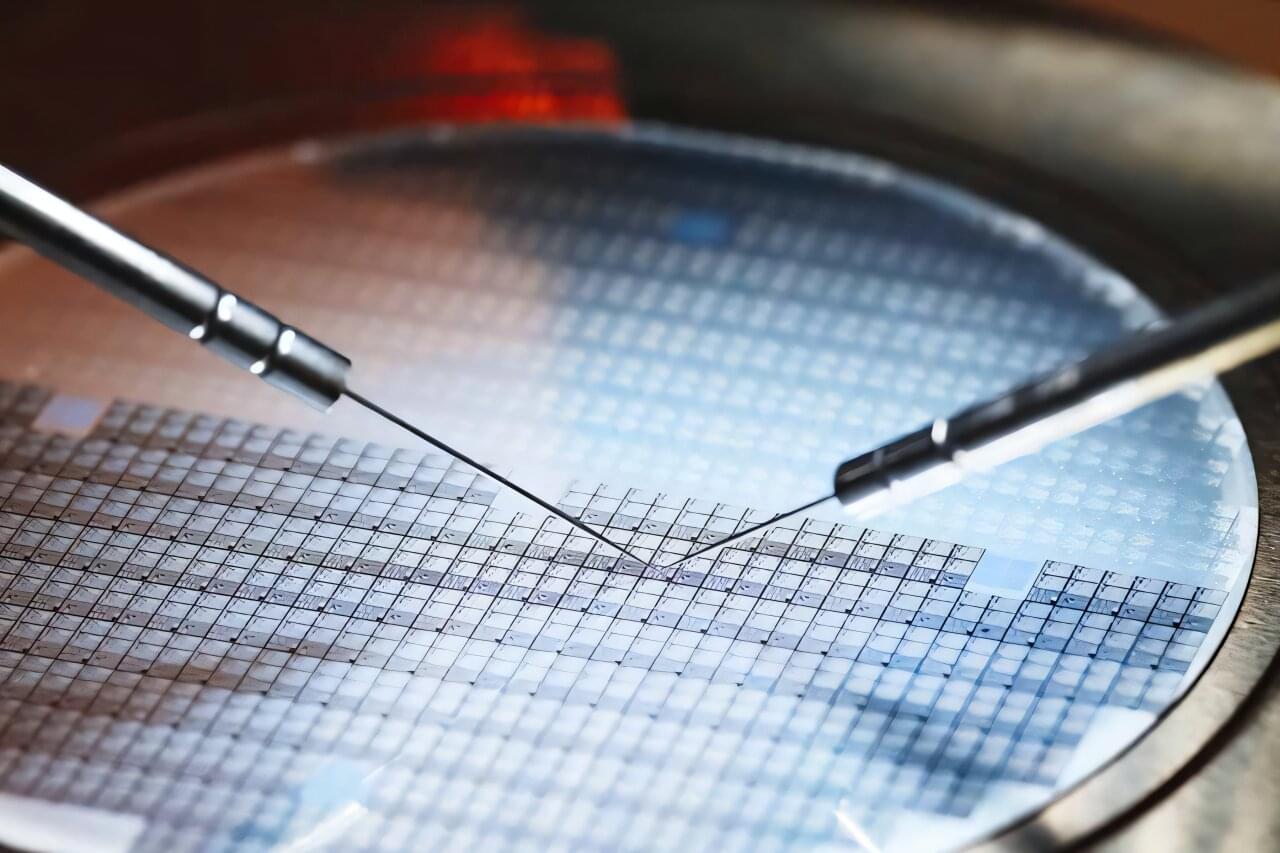
A group of Carnegie Mellon University researchers recently devised a method allowing them to create large amounts of a material required to make two-dimensional (2D) semiconductors with record high performance. Their paper, published in ACS Applied Materials & Interfaces in late December 2024, could lead to more efficient and tunable photodetectors, paving the way for the next generation of light-sensing and multifunctional optoelectronic devices.
“Semiconductors are the key enabling technology for today’s electronics, from laptops to smartphones to AI applications,” said Xu Zhang, assistant professor of electrical and computer engineering. “They control the flow of electricity, acting as a bridge between conductors (which allow electricity to flow freely) and insulators (which block it).”
Zhang’s research group wanted to develop a certain kind of photodetector, a device capable of detecting light and which can be used in a variety of applications. To create this photodetector, the group needed to use materials that were an atom’s-width thick, or as close to 2D as is possible.
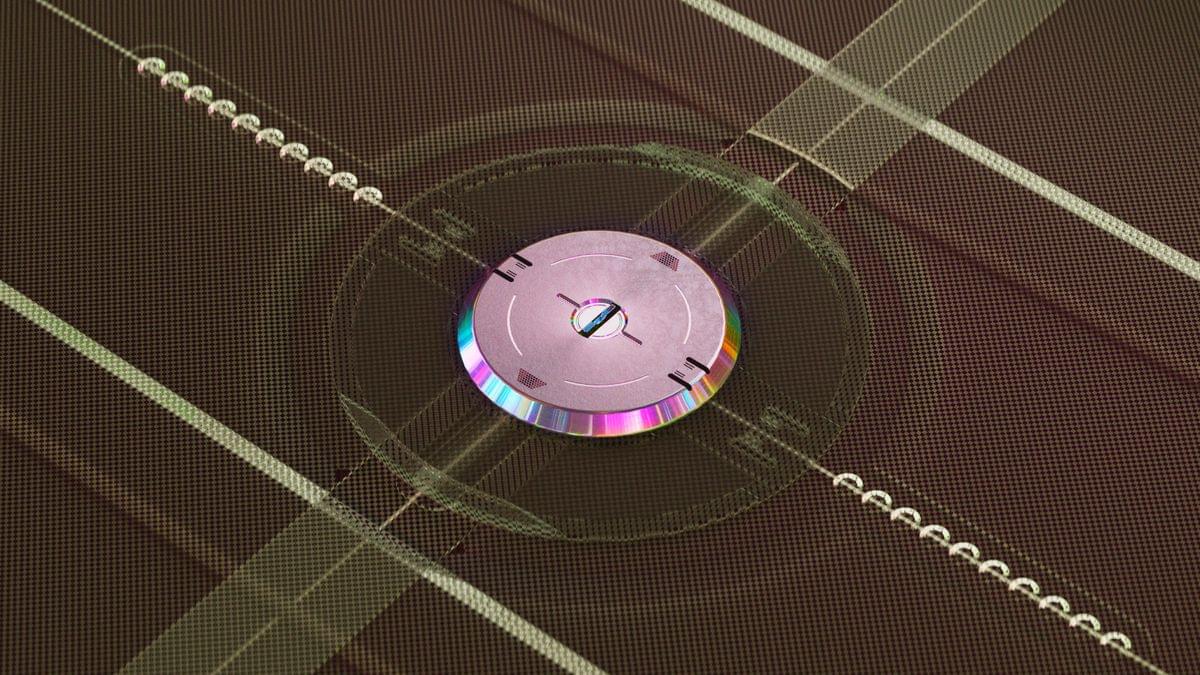
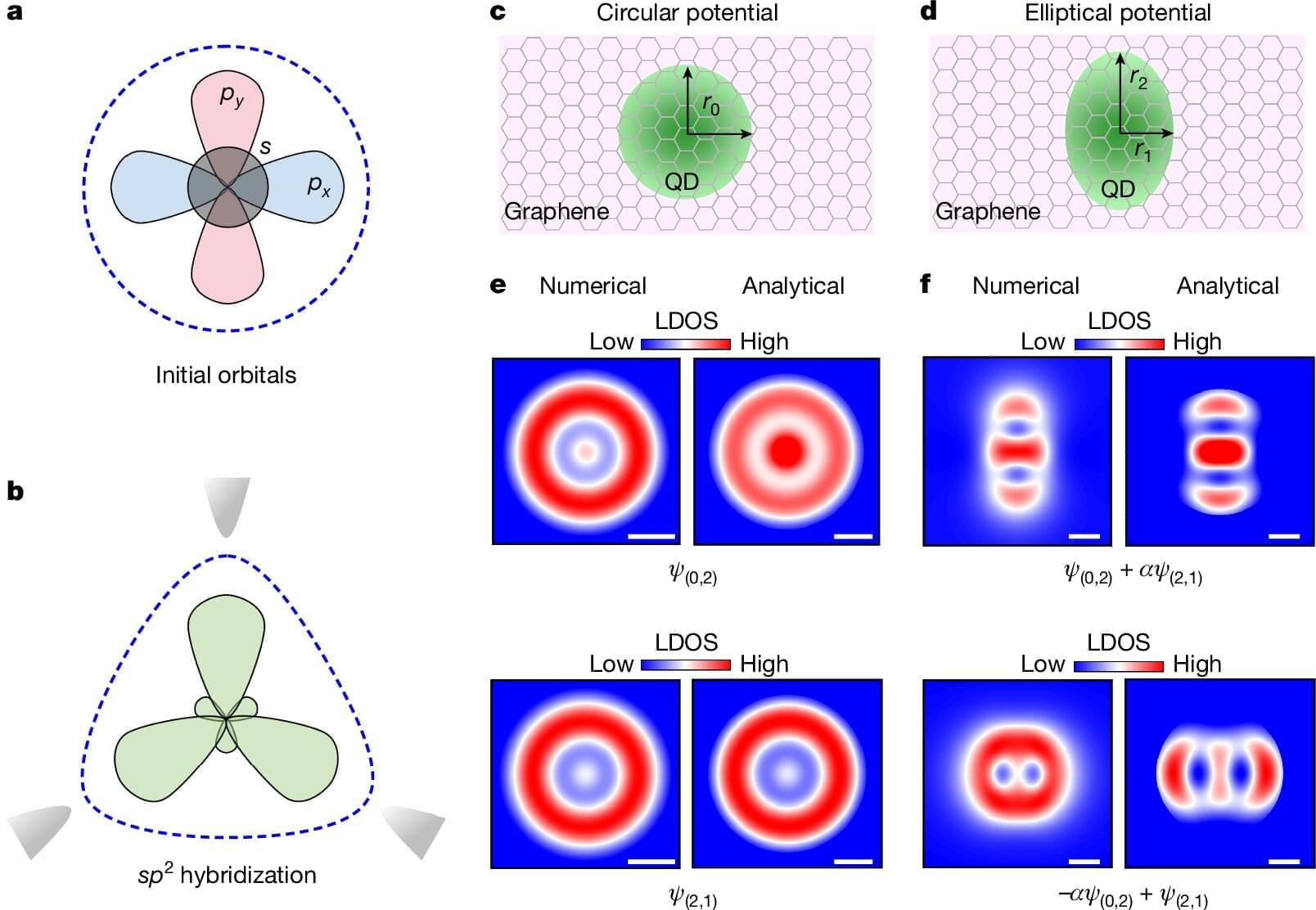
A research team led by Professor Sun Qing-Feng in collaboration with Professor He Lin’s research group from Beijing Normal University has achieved orbital hybridization in graphene-based artificial atoms for the first time.
Their study, titled “Orbital hybridization in graphene-based artificial atoms” has been published in Nature. The work marks a significant milestone in the field of quantum physics and materials science, bridging the gap between artificial and real atomic behaviors.
Quantum dots, often called artificial atoms, can mimic atomic orbitals but have not yet been used to simulate orbital hybridization, a crucial process in real atoms. While quantum dots have successfully demonstrated artificial bonding and antibonding states, their ability to replicate orbital hybridization remained unexplored.